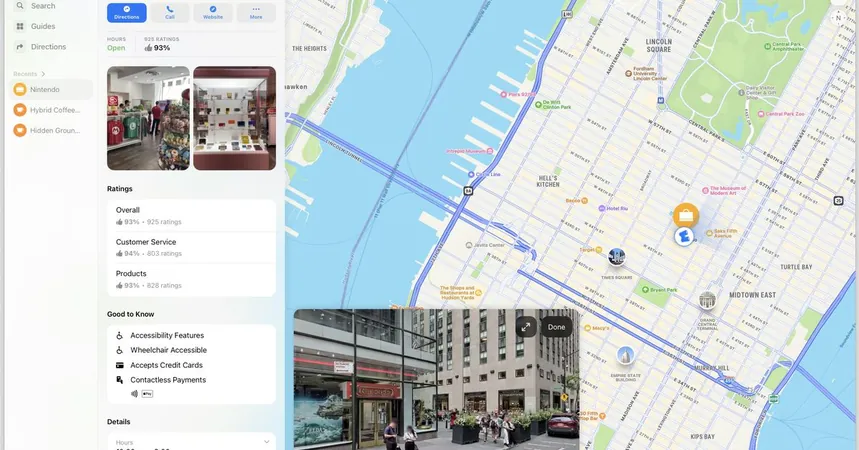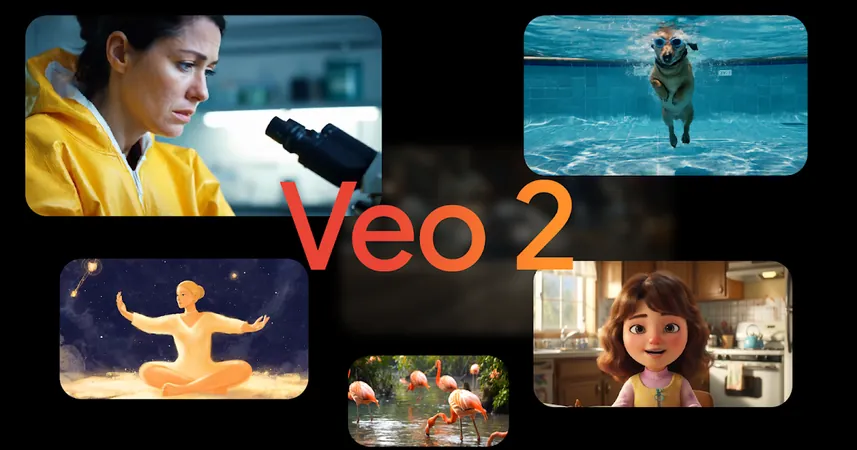
Shocking Discovery Links Ancient Europeans to Neanderthal Ancestry—Here's What You Need to Know!
2024-12-12
Author: Amelia
In a groundbreaking revelation, recent studies have illuminated the complex relationships between early European populations and Neanderthals, providing critical insights into our shared ancestry. After modern humans made their way out of Africa, they did not travel alone; they encountered Neanderthals, leading to an intriguing genetic legacy that persists today. It is estimated that modern populations outside Africa carry about 2-3% Neanderthal DNA. But what about the genetic make-up of the earliest settlers in Europe? That question has intrigued scientists, and new findings may finally hold the answer.
A pivotal archaeological site known as Zlatý kůň in the Czech Republic has revealed a remarkably preserved skull dated to roughly 45,000 years ago. Though initial studies provided genetic information about this individual, researchers faced challenges linking it to a broader group due to insufficient archaeological context. However, nearby at the Ilsenhöhle site in Ranis, Germany, which is famous for its unique Lincombian-Ranisian-Jerzmanowician (LRJ) culture, a new door has opened for exploration.
The LRJ culture, with its mysterious origins—long debated to be either Neanderthal or modern human—has captured the attention of researchers. An earlier analysis identified mitochondrial DNA from several remains at the Ranis site, confirming these bones belonged to early modern humans rather than Neanderthals. Yet, the broader genetic relationships among these early peoples remained an enigma.
A recent study published in the prestigious journal *Nature* shed light on this puzzle by analyzing the nuclear genomes of thirteen human specimens from Ranis, elucidating that they represent at least six individuals. Remarkably, this cohort included a mother-daughter pair, highlighting the familial connections among these early inhabitants. The study also sequenced the skull from Zlatý kůň, allowing researchers to construct a high-quality genome for this individual, revealing that they were likely part of a closely-knit community engaged in similar cultural practices, including tool-making.
The researchers discovered a genetic lineage linking the individual from Zlatý kůň to two from Ranis—indicating a shared ancestry that dates back thousands of years. For the first time, DNA from Ranis13, one of the best-preserved specimens of the period, allowed for extensive analysis of potential phenotypic traits. It revealed that these early Europeans likely had darker skin and hair, alongside brown eyes, aligning with their recent African heritage.
However, there’s a twist: while the Balkan-Ranis lineage shared this Neanderthal admixture, researchers did not find evidence of more recent hybridization events, which suggests these populations might have entered Europe through different routes than later human populations that bore the Neanderthal genetic legacy.
This complex web of genetic connections underscores a realization: the atrium of European ancestry includes deeper, multifaceted interactions with Neanderthals than previously believed. Together, the high-quality genomes of Zlatý kůň and Ranis13 are the oldest modern human genomic sequences ever recovered, dating their Neanderthal ancestry to a period between 45,000 and 49,000 years ago. This implies that a coherent population of non-African humans must have existed before the great dispersal across Eurasia.
As lead researcher Arev Sümer points out, these findings not only deepen our understanding of the first human settlers in Europe but also emphasize that modern human remains older than 50,000 years likely do not belong to this common ancestral lineage that interbred with Neanderthals.
This research invites further questions about human evolution and migration dynamics and reveals that our genetic heritage is far from straightforward. The connections forged between modern humans and Neanderthals continue to shape our understanding of who we are today.
Stay tuned for more revelations as scientists delve further into the mysteries of our ancient ancestors!









 Brasil (PT)
Brasil (PT)
 Canada (EN)
Canada (EN)
 Chile (ES)
Chile (ES)
 España (ES)
España (ES)
 France (FR)
France (FR)
 Hong Kong (EN)
Hong Kong (EN)
 Italia (IT)
Italia (IT)
 日本 (JA)
日本 (JA)
 Magyarország (HU)
Magyarország (HU)
 Norge (NO)
Norge (NO)
 Polska (PL)
Polska (PL)
 Schweiz (DE)
Schweiz (DE)
 Singapore (EN)
Singapore (EN)
 Sverige (SV)
Sverige (SV)
 Suomi (FI)
Suomi (FI)
 Türkiye (TR)
Türkiye (TR)